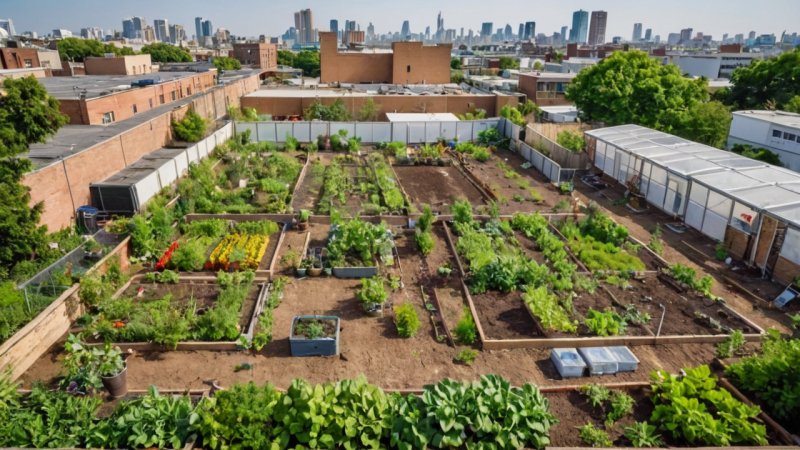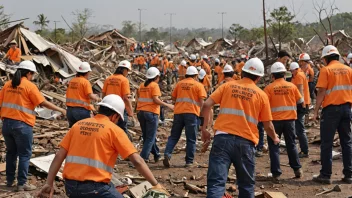Environmental degradation is a pressing global issue that often goes unnoticed, particularly in impoverished communities. As ecosystems suffer from pollution, deforestation, and climate change, the most vulnerable populations bear the brunt of these changes. Understanding the connection between environmental health and poverty is crucial for creating effective humanitarian aid strategies.
Impoverished communities are often situated in areas that are more susceptible to environmental damage. When natural resources such as clean water, fertile soil, and biodiversity are depleted, these communities face dire consequences. For instance, access to clean water is limited, leading to health issues and increased mortality rates. Additionally, as agricultural land becomes less productive due to soil degradation, food security is jeopardized, pushing families further into poverty.
Furthermore, environmental degradation exacerbates existing inequalities. Women and children, who are often tasked with gathering water and food, are disproportionately affected. When resources become scarce, their daily responsibilities grow heavier, affecting their health and education opportunities. This cycle of poverty and environmental damage creates a barrier to progress, leaving communities trapped in a state of vulnerability.
One important initiative addressing this issue is the promotion of sustainable practices in agriculture. By adopting methods such as agroforestry and organic farming, communities can restore degraded lands while improving their food security. These practices not only enhance soil health but also increase biodiversity, which is essential for resilient ecosystems. Additionally, organizations are working to educate communities about the importance of conserving local resources and protecting their environment.
Individuals can also play a significant role in combating environmental degradation in impoverished areas. Simple actions like reducing waste, supporting sustainable products, and advocating for policies that protect natural resources can make a difference. Volunteering with local organizations focused on environmental conservation and poverty alleviation is another effective way to contribute. Participating in community clean-up events or tree-planting initiatives can foster a sense of solidarity and empowerment.
Moreover, the global community must recognize the link between environmental health and poverty. International cooperation and support are vital in implementing policies that address both issues simultaneously. By investing in sustainable development projects that prioritize environmental restoration, we can uplift impoverished communities and create lasting change.
In conclusion, the impact of environmental degradation on impoverished communities is profound and multifaceted. It is imperative that we acknowledge this connection and take action to mitigate its effects. Together, through sustainable practices and community engagement, we can create a healthier planet that supports all people, regardless of their economic status.






